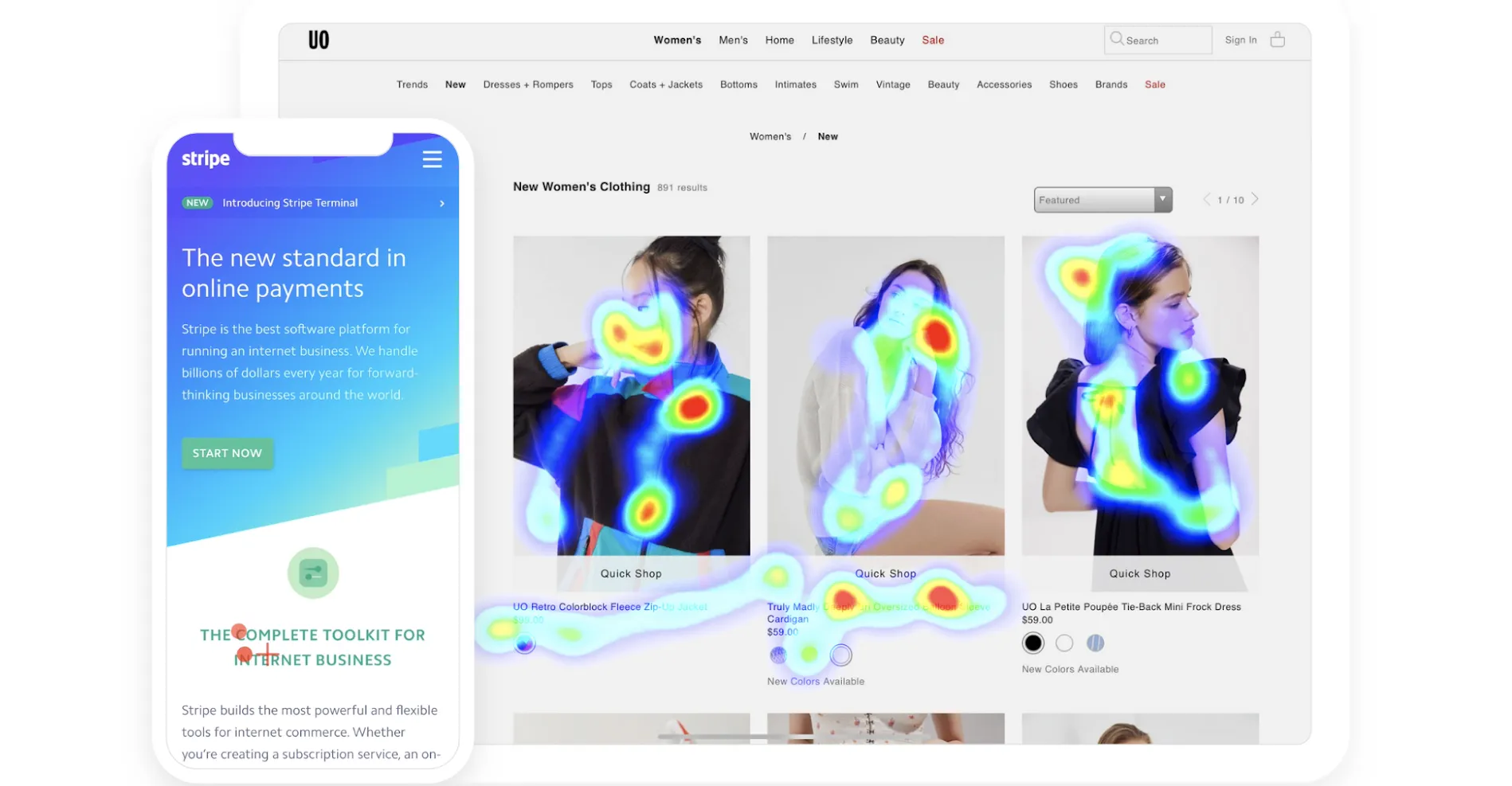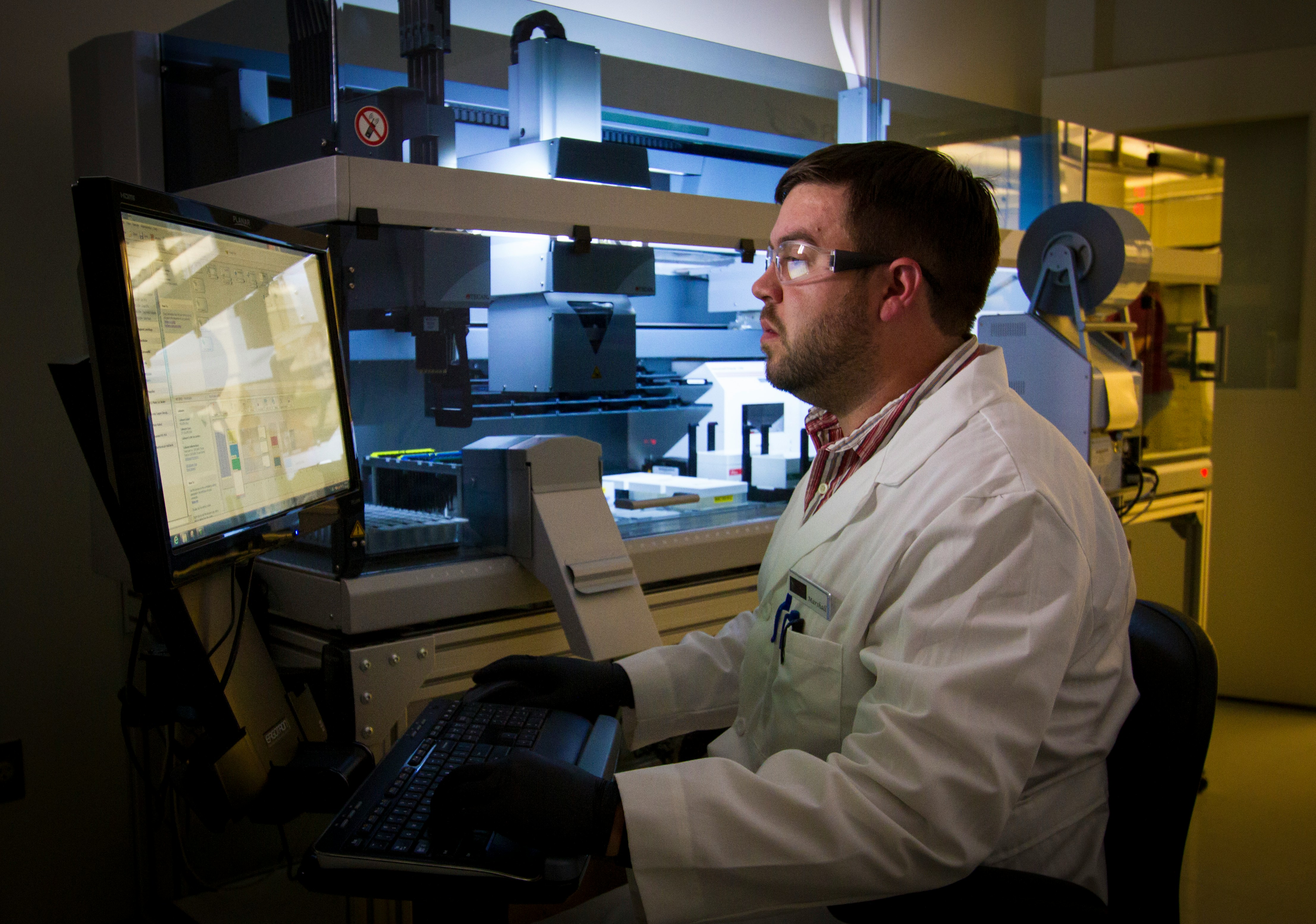· Thomas Le Corvec · ux-research · 5 min read
Biometry in UX Research - What's next? What's here?

If like me, you’re interested in biometrics and innovations in the field of UX Research, you may have come across this earth-shattering news: Eye-tracking, a method of analysing micro-movements of the eye, is set to become a real game changer in the field of user testing. After my initial astonishment, a glance at the research in question and the publication date of the article (1 April 2019) led me to conclude that it was a hoax.
Nevertheless, through this good joke, the Nielsen Norman Group is inviting us to question ourselves about the future of our profession.
Over the next 10 years, what technologies could lead us to change our practices?
As UX designers, we spend a good part of our days in front of a screen designing, creating or testing digital products. We have software dedicated to almost every part of our work. In our personal lives, most of us are also surrounded by digital services.
Yet when we’re in the situation of conducting user tests, it’s almost surprising that our main tools - the traditional pen and paper - have stood the test of time so well.
However, not everything in this field is static and, as a sign of the times, more and more companies are no longer hesitating to offer biometric technologies as UX Research tools that were once confined to the world of research.
To get an idea of the range of tools available to us in the future and to immerse ourselves in what could become the future of our profession, I’d like to take you on a tour of biometric devices that could be reused in test situations.
Biometrics and user testing: what’s here?
Eye Tracking
Eye tracking is probably the best-known and most widely used method in user testing. By tracking the eyes of your users you will be able to check what they see as they navigate through a test.
There are currently two Eye Tracking technologies: the ‘screen-based’ method and the ‘3D’ or ‘real word’ method.
![]()
A screen based dispositive. The thin bar has to be installed under a screen.
For desktop user testing, I recommend using the screen-based method.If you’re carrying out tests on a smartphone, both solutions can be used… without being fully satisfactory. You can also look at this new method, which looks promising but which I can’t recommend due to lack of contextual feedback.
Brain activity measurment
We’re not talking science fiction here, but two very real and proven technologies. And they could arrive in the field of testing sooner than you think.
EEG and fNIR are two very different technologies, but what they have in common is that they record the brain activity of your testers using sensors placed on the surface of their skulls.

A EEG Moderne device
Although relatively expensive and complex to handle, these two technologies can nevertheless be used to estimate the mental load of users in test conditions. With the most modern solutions, you can also infer the nature of the emotions they experience.
Did you say science fiction?
Basic Biometric Sensors
Back to basics with two biometric technologies from another century.

A elegant EKG device
The electrocardiograph (or EKG) records the heart rate of testers. This data has proved its worth in a wide range of applications… and why not in UX?
GSR (for Galvanic Skin Response) is an old technology interested in the skin conductivity or to be more explicit, by the intensity of the sweating response. By measuring variations in humidity on the surface of users’ skin, this technology detects strong emotions such as fear or excitement.

Evolution of the GSR curve while watching an episode of “Breaking Bad” (Photo courtesy: iMotions)
While clearly not the most revolutionary, these two technologies do have a number of advantages. They are inexpensive, take up little space and are easy to carry around (most connected watches have an ECG system). So you can assess the impact of a system in real-life conditions over a long period of time.
Facial and voice recognition
Born of the cross between basic hardware (microphone, camera) and artificial intelligence, these technologies are booming. They promise to detect testers’ emotions using their voice or facial expressions.

“Ahah I like this website, it is so 90’!”
In 2019, these solutions are still unreliable, but their development is continuing apace. One to watch…
What’s next?
Which of these technologies seem the more mature to take place in our workflow?
Soon all UXR?
The techniques presented here have not all reached the same degree of maturity. Some are already being used in studies, such as Eye Trackers in the WAX Lab. Others will probably never see the light of day in our field.
However, these new technologies will also require new skills on the part of the UX researchers who use them. That’s why I think it’s important to take an interest in them now, and in particular to have sufficient hindsight when they come knocking at our door.
In person testing: a method full of promise
At present, these biometric analysis techniques do not call into question more traditional testing methods. The main reason for this is that in-person user testing is the most spontaneous (and simplest) way of interacting with testers. It is also the mode in which the UX researcher is most likely to pay attention to their emotions, non-verbal language, etc…
For these simple reasons, the ratio of time spent to the quality of insights obtained with face-to-face testing remains one of the best available.
For how long?
The aim of this article is simply to review the main resources available. An updated, longer and more detailed version is (still) in preparation.
Thomas

